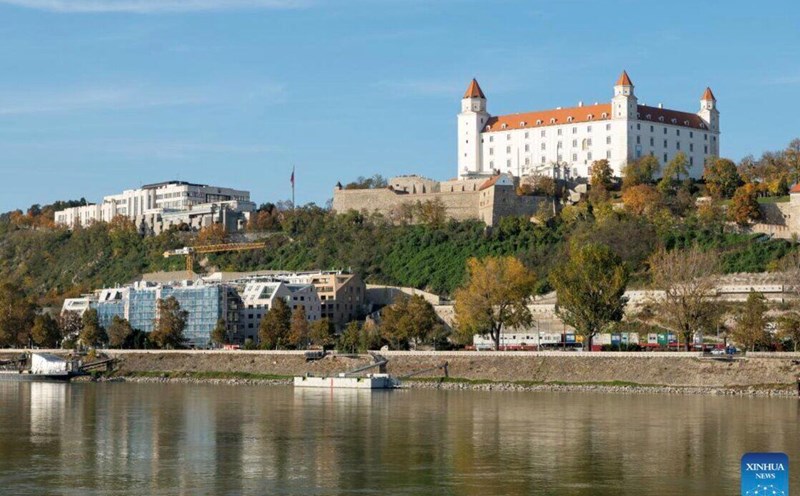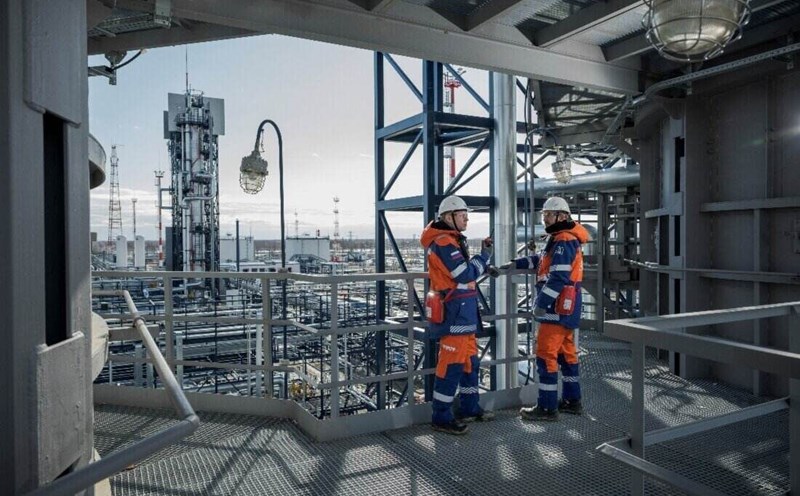According to the Ukrainian gas transmission system operator (GTS), in June, the amount of imported gas was 19 million m3/day, in July, the amount of imported gas increased to 27 million m3/day.
The gas flows still through Hungary, Slovakia and Poland. Meanwhile, the Length gas corridor gas route from Greece to Bulgaria, Romania and Moldova, which is backed and hoped to be promoted by the US, still has almost no users. Despite the lower tax rate, the amount of gas imported through this route in July only reached 160,000 m3/day.
The increase in foreign gas purchases has helped rapidly increase gas reserves in Ukraine. Data shows that on July 12, the amount of gas pumped into Ukraine's underground storage system (UGS) reached 58 million m3/day. If it maintains this speed, Ukraine's Naftogaz Group could accumulate about 9 billion cubic meters of gas in its storage before October 1.
Currently, Ukraine has more than 4 billion cubic meters of gas in stock. Thus, the Ukrainian company is capable of restoring reserves of 8.3 billion cubic meters as last year and offsetting the shortage of 700 million cubic meters of emergency imports in February and March.
However, the financial issue is still a big question mark. Ukrainian Energy Minister German Galushchenko said in parliament that there is currently only enough budget to ensure a minimum import of 2.9 billion cubic meters of gas while Naftogaz plans to import at least 4.5-4.6 billion cubic meters.
According to the Ukrainian Energy Exchange, by mid-July, domestic gas prices increased, with a starting price of 716 USD/1,000 m3 (including VAT). Meanwhile, gas prices in Europe (on the TTF) are only at 443 USD, a difference of more than 60%.
Gas prices in Ukraine are often equal to or even lower than in Europe. But since January 1, 2025, Ukraine has stopped transiting Russian gas, making it impossible for domestic companies to buy gas from European traders at minimum transportation costs.











